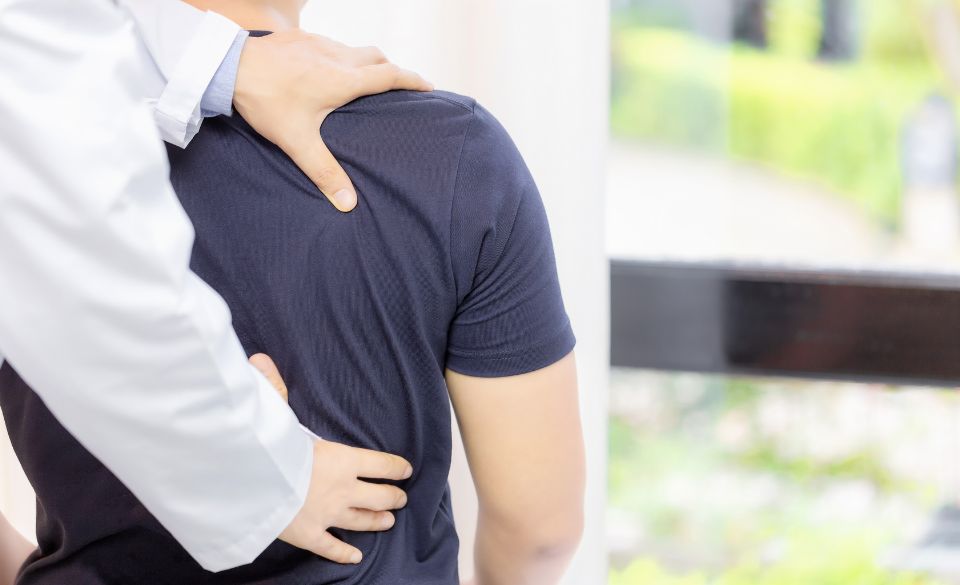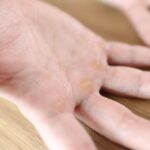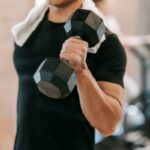
How to Fix Gym Soreness: Tips and Strategies
Page Contents
While soreness is a natural part of the muscle-building process, it can be uncomfortable and limit your ability to continue training at the same level. In this blog, we’ll explore the causes of gym soreness and provide you with tips and techniques for preventing and alleviating soreness so that you can get the most out of your workouts. Whether you’re a seasoned athlete or just starting out, these tips will help you stay on track with your fitness goals and minimize the discomfort of post-workout soreness. Let’s dive in!
What Causes Soreness After A Gym Workout
Soreness after a gym workout, also known as delayed onset muscle soreness (DOMS), is a common experience for many people who engage in physical activity. DOMS typically occurs 24 to 48 hours after a workout and can cause discomfort, stiffness, and reduced range of motion.
DOMS is caused by micro-tears in the muscle fibers, which occur when you engage in exercise that your body is not used to or when you increase the intensity or duration of your workout. These micro-tears result in inflammation and swelling, leading to the soreness and discomfort that you may feel.
While DOMS is a normal part of the muscle-building process, it can be exacerbated by several factors. These factors can include:
1. Eccentric Movements: Eccentric movements, which involve the lengthening of a muscle as it contracts, can cause more muscle damage and result in increased soreness.
2. Dehydration: Dehydration can impair muscle recovery and exacerbate soreness.
3. Lack of Sleep: Sleep is crucial for muscle recovery, and a lack of sleep can prolong soreness.
4. Nutrient Deficiencies: A lack of key nutrients such as protein, vitamins, and minerals can impair muscle recovery and lead to increased soreness.
5. Overtraining: Overtraining can cause excessive muscle damage and prolong soreness.
10 Ways To Fix Gym Soreness
Gym soreness, also known as delayed onset muscle soreness (DOMS), is a common occurrence for many people who engage in physical activity. DOMS typically occurs 24 to 48 hours after a workout and can cause discomfort, stiffness, and reduced range of motion. Here are some tips and strategies for fixing gym soreness.
Rest and Recovery
One of the most effective ways to fix gym soreness is to rest and allow your muscles time to recover. While it’s important to stay active, it’s equally important to give your body time to rest and repair itself after a strenuous workout. This can include taking rest days or engaging in low-impact activities such as yoga or walking.
Stretching
Stretching can help relieve soreness and stiffness by increasing blood flow and promoting circulation. Focus on stretching the muscles that are most sore or tight, and hold each stretch for at least 30 seconds. Be sure to stretch gently and avoid overstretching or pushing too hard.
Massage
Massage is a great way to relieve soreness and stiffness in the muscles. You can use a foam roller or a massage ball to roll out any tight or sore areas. Applying pressure to these areas can help increase blood flow and promote healing.
Heat and Ice Therapy
Applying heat or ice to sore muscles can help reduce inflammation and alleviate pain. Use ice for the first 24 to 48 hours after a workout to help reduce inflammation, and then switch to heat to promote blood flow and accelerate healing.
Proper Nutrition and Hydration
Eating a balanced diet and staying hydrated can help promote muscle recovery and alleviate soreness. Aim to eat a diet rich in protein, healthy fats, and complex carbohydrates to support muscle growth and repair. Additionally, make sure you drink enough water to stay hydrated throughout the day.
Pain Relief Medication
If your soreness is particularly severe, you may want to consider taking over-the-counter pain relief medication such as ibuprofen or acetaminophen. However, be sure to follow the recommended dosage and avoid relying on these medications as a long-term solution.
In summary, fixing gym soreness requires a combination of rest and recovery, stretching, massage, heat and ice therapy, proper nutrition and hydration, and potentially pain relief medication. By following these tips and strategies, you can effectively alleviate gym soreness and promote muscle recovery. Remember to listen to your body and avoid overexerting yourself to prevent future soreness and injuries.
When Should Gym Soreness Worry You
While gym soreness is a normal and expected part of the muscle-building process, there are some instances where soreness may be a cause for concern. It’s important to listen to your body and recognize when soreness may be a sign of a more serious issue.
One red flag to watch out for is soreness that is accompanied by swelling or redness. This may indicate an injury or inflammation and should be addressed by a medical professional.
Additionally, if you experience sharp or severe pain during your workout or after, it may be a sign of a muscle strain or tear. Continuing to push through this pain can lead to further injury and prolonged recovery time.
Persistent soreness that lasts longer than a few days may also be a sign of overtraining or lack of proper recovery. In these cases, it may be necessary to take a break from training or adjust your routine to allow for proper rest and recovery.
If you’re ever unsure about the severity of your gym soreness, it’s always best to consult a medical professional. They can help assess the situation and provide guidance on how to properly address and prevent future soreness.


